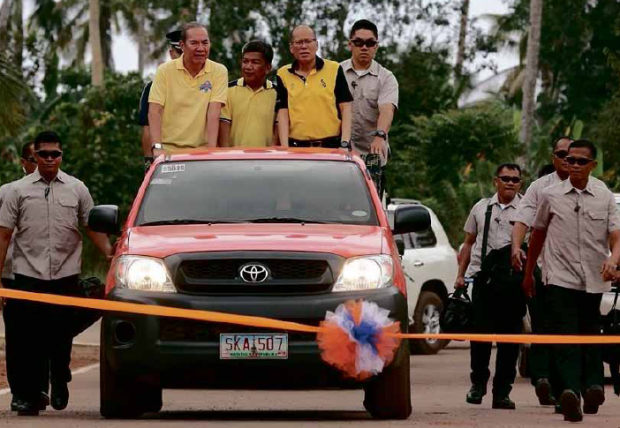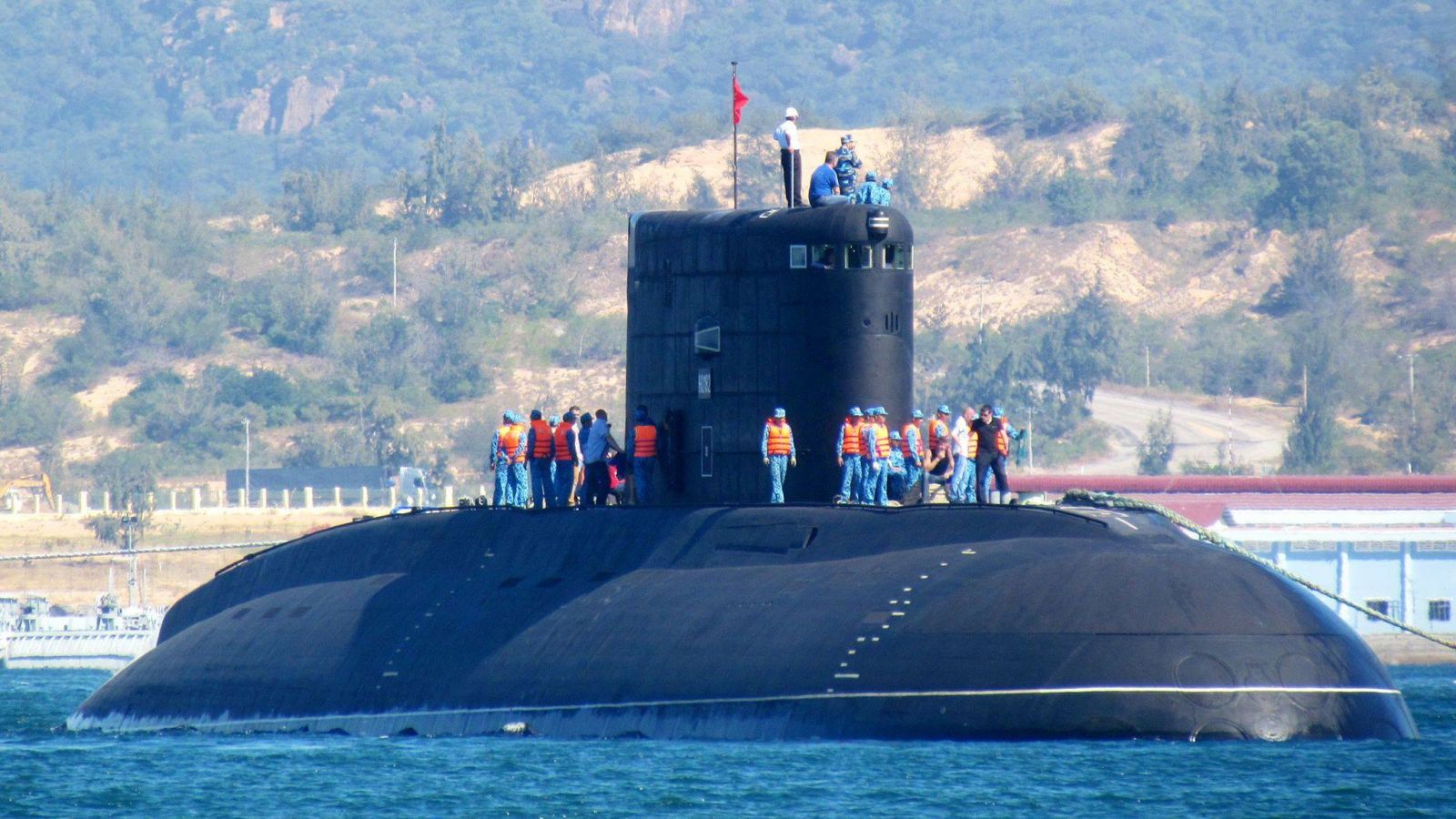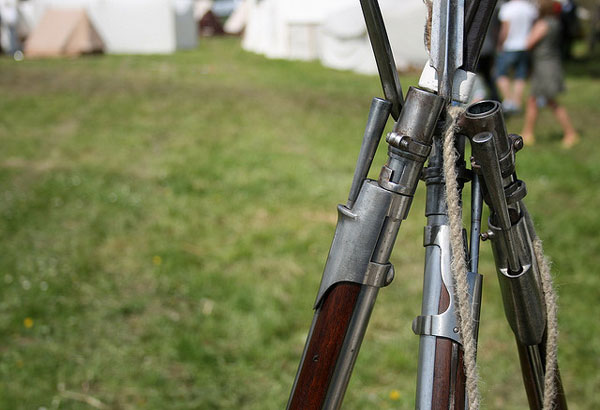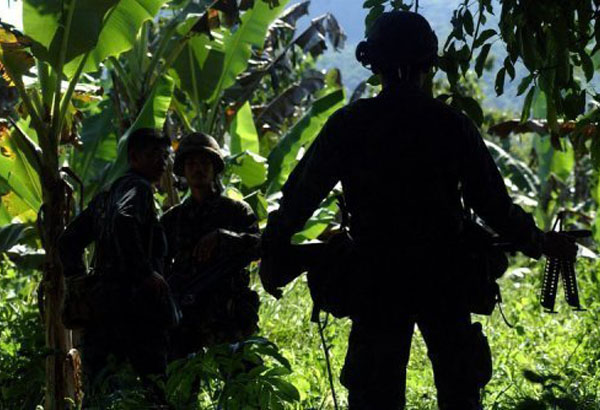
According to Alcala, Piñol’s brother is running against reelectionist North Cotabato Gov. Emmylou Taliño, who is backed by the Liberal Party. Philstar.com file
The violence-marred Kidapawan protest blockade was not about farmers’ gripes over alleged lack of government support for their losses due to El Niño, Agriculture Secretary Proceso Alcala said yesterday.
Rather, Alcala said it was politically motivated, and the violence was instigated by left-leaning groups backed by the New People’s Army (NPA).
Alcala pointed to local politicians in Mindanao identified with the group of Manny Piñol who are supporting the presidential bid of Davao City Mayor Rodrigo Duterte.
According to Alcala, Piñol’s brother is running against reelectionist North Cotabato Gov. Emmylou Taliño, who is backed by the Liberal Party.
“The reality on the ground at Kidapawan is that it’s politically motivated by the local politicians led by Piñol,” Alcala told The STAR.
“Our brothers from the Left, who were observing the NPA anniversary last March 29, instigated the breakout of stone-throwing that led to the violence during the dispersal,” Alcala added.
Based on field reports, Alcala noted that the militant farmers’ group led by Rafael Mariano of the Kilusang Magbubukid ng Pilipinas (KMP) brought the farmers and fisherfolk to the highway with the alleged promise that they would receive sacks of rice from the governor.
Alcala said that “this is an issue of misinformation. They intentionally misled the local farmers regarding the supposed distribution of rice.”
Alcala was in Nueva Vizcaya when the police dispersal turned violent at Kidapawan, where two farmers reportedly died.
“It’s really sad that this had to happen. I think the problem was that these people made the farmers get angry at the government to stir up violence,” the agriculture secretary said.
While indeed many farmers and fisherfolk were affected by the long dry spell due to El Niño, there have been bumper harvests of rice and corn in Kidapawan, Carmen and other areas in North Cotabato, and in Regions 11 and 12, Alcala pointed out.
He said that Regions 11 and 12, including Kidapawan, are even among the “best performers” in rice and corn production despite the long dry period since last year.
National government agencies like the Department of Agriculture (DA) and the Department of Social Welfare and Development (DSWD) have been giving “intervention” assistance in these areas because they are still under a state of calamity due to El Niño, Alcala explained.
He said that he even visited Kidapawan City last February and March to talk to the local farmer groups regarding the issues they face.
“We closely monitored the situation. And I think that not all of those involved were from Kidapawan. I believe that some of them were from other areas.”
On the part of the DA, he said that one sack of hybrid rice seeds per hectare and one sack of fertilizer are given to farmers certified by the local agriculturist as having been affected by El Niño.
Fortunately, Alcala added, the dams in Mindanao have more than enough water during this period. This helped stave off the severe dry spell that was initially expected.
Thus the projected impact of crop losses amounting to 950,000 metric tons of rice did not happen because of these interventions.
As monitored by the DA, only about 200,000 metric tons of rice were lost due to El Niño.
Alcala instructed DA regional director Bing Datukan to meet the farmer and fisherfolk groups on Monday to further discuss other concerns and assistance for the affected sectors.
Meanwhile, the National Food Authority (NFA) said it will also offer assistance to the farmer groups.
“We are ready to transact with the DSWD and the local government unit regarding the rice that may be needed by the beneficiaries,” said NFA public affairs director Angel Imperial in a phone interview.
He added that NFA administrator Renan Dalisay is currently in Kidapawan City to oversee the help that can be offered to the farmer groups.
http://www.philstar.com/headlines/2016/04/03/1568958/politically-motivated-npa-instigated












